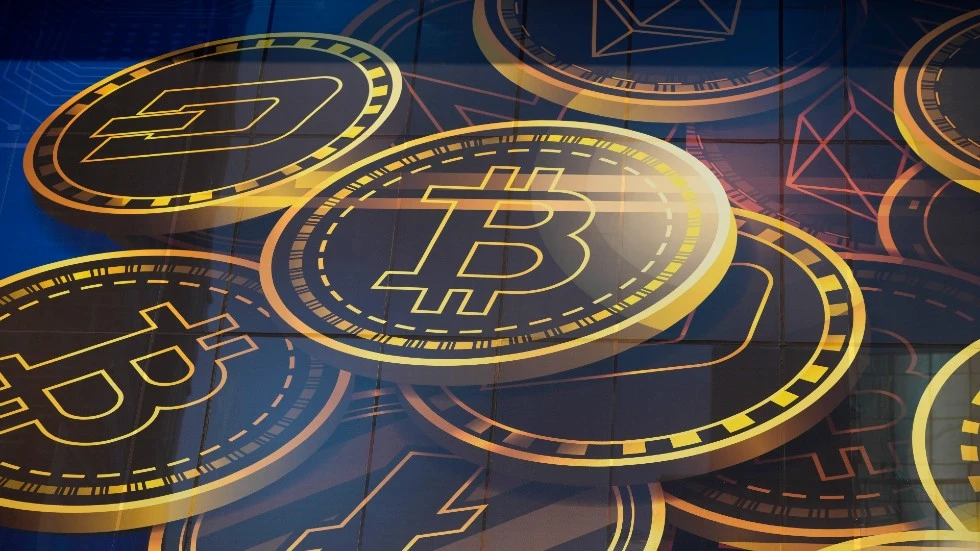Bank and building binance accounts buy of whatever type, are a low-risk way of managing your money. Whether the focus is on the tools the account gives you to meet your day-to-day financial needs (as with a current account), or providing a low-risk easy-access method of making your money work for you (as with savings accounts), these kinds of account are a long-established, easy to understand and safe way of managing your money.
Savings Accounts
Savings accounts are not dissimilar to Current Accounts, but in exchange for a higher rate of interest you are more restricted in what you can do.
Savings Accounts encourage you to keep your money in longer, and should generally be used for storing cash you have no immediate use for and won’t need access to quickly. The terms and conditions of accounts will vary, but in general there will be a limit to how much you can withdraw in any given period, and there may be a notice-period before you can get access to your cash (though this practice is in decline).
Savings Accounts won’t have any mechanism for paying bills – you will have to transfer cash to a current account to do that. You may be able to withdraw cash from a cash machine with this kind of account. You will not generally be given an overdraft facility.
You will receive a higher rate of interest for cash kept in this kind of account. It is still a low-risk account however, as you will always get back at least as much as you put in.
Most banks or building societies offer savings accounts. The actual terms and conditions may vary, so it is worth shopping around. Bear in mind that the terms and conditions of your account may change over time. Certainly interest rates will change as base rates fluctuate.
You will be required to prove your identity (by law, as part of measures against money laundering) before being allowed to open a Savings Account.
Offset Accounts
Offset accounts are a clever way of making your money work harder for you, if your circumstances are appropriate. You will need to have your mortgage and current account with the same company.
Current Accounts
Most people need a current account to manage their day-to-day finances. It provides a place to receive cash sent from other people (such as a salary), a way to access your cash quickly (for example, through a cash machine), a way to pay bills automatically (via direct debit or standing order) and a way to pay for things without cash, via a cheque book.
Current accounts are deposit-based, which means you can always get back at least as much as you put in. You may get more back in if you allow interest to accrue, but for most people current accounts are not about interest but about making your money-management easier.
As current accounts give you full and rapid access to your cash, they generally give poor rates of interest. They are ‘low risk’ (effectively ‘no risk’) since you can always get back what you put in.
Should you wish to, you may be able to get an account that comes with an overdraft allowance. You will pay a fee for any money that you borrow from this overdraft (though some accounts may give you a certain amount of free overdraft) as a percentage of the amount borrowed. The bank may allow you to go over your overdraft limit, but if you do you will probably pay a stiff penalty fee.
Any high-street bank or building society will be able to offer you a current account. You will be required to prove your identity (by law, as part of measures against money laundering) and any overdraft agreement will probably depend on your circumstances. You may be required to have an account with the bank for a certain amount of time, so the bank can be sure your account management is sound. They may also choose to assess your credit rating.
